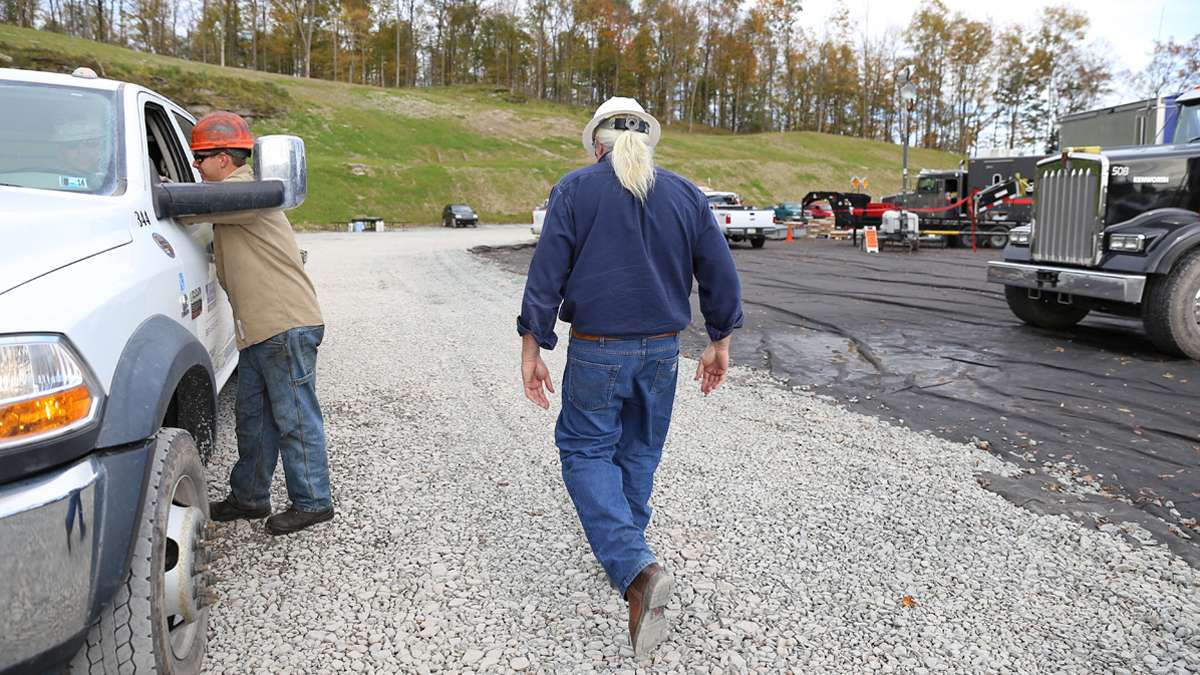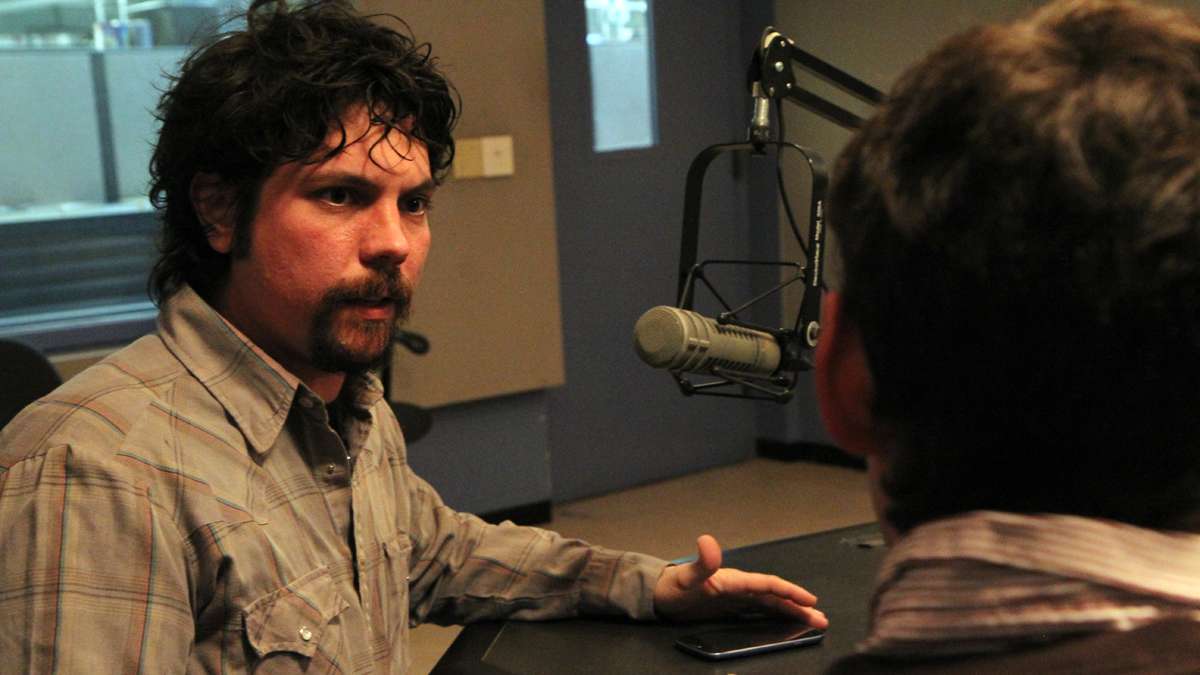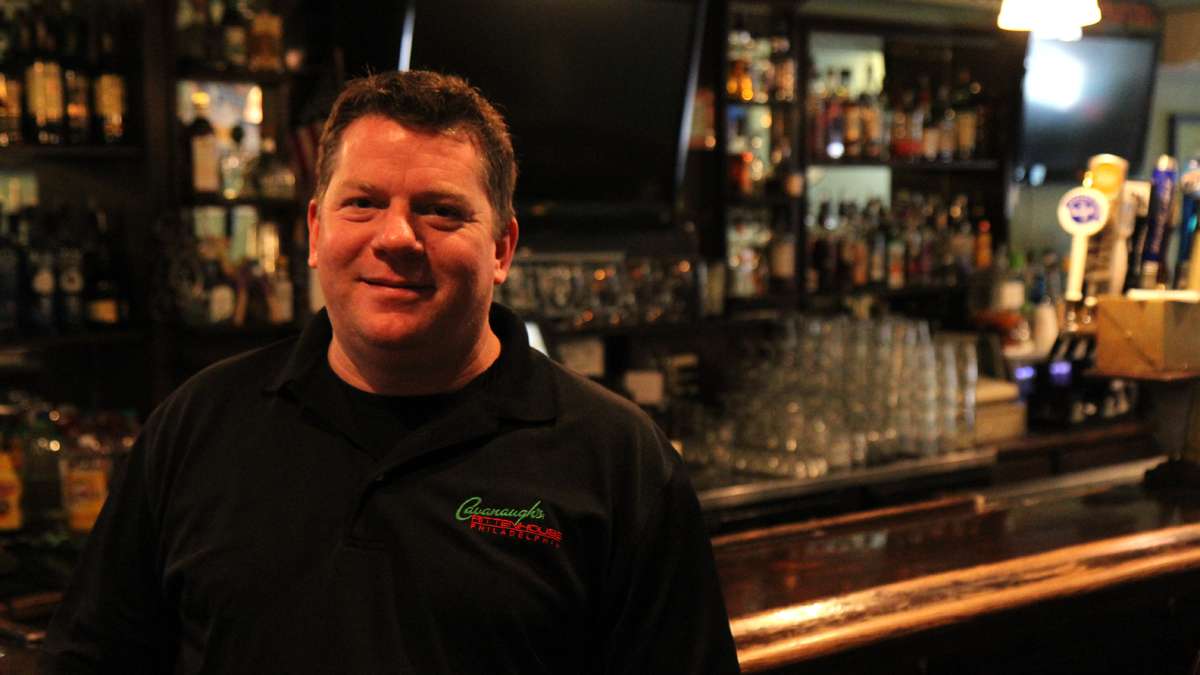You can buy a beer in Philly with bitcoins, but is the currency viable?
ListenTucked into a narrow Sansom Street block in Philadelphia, Cavanaugh’s Rittenhouse Square appears similar to any other sports bar in town.
But look closely at the tavern’s front window and you’ll see a small sign reading “Bitcoin accepted here.”
“I’ve just been following it, and I’ve been into technical and computers for a while, and it was always there. And, of course, just kicking myself for not picking up 20 bitcoins when they were worth a dollar,” said co-owner Ken Hutchings.
You may have heard of the online currency’s meteoric rise over the past year. Bitcoins started 2013 trading for $13. At their height in December, they were worth $1,200.
Now, more and more Philadelphia retailers, like Cavanaughs, are accepting bitcoins — about two dozen so far, according to the online bitcoin retail locator Coinmap. That makes Philadelphia one of the top 10 cities in the world for bitcoin users relative to its population.
Early adopters
Ken Hutchings says it’s quite simple to process payments in tthe virtual currency.
“It’s got a simple merchant account that you just put in the dollar amount. So if I put in $25 and request payment, it’ll put a QR code up, and it’ll also say that $25, it says please send .032 bitcoins to the above address,” said Hutchings. Customers scan the QR code with their phone and the payment transmits electronically.
Just three customers had paid using bitcoins when I talked to Hutchings, he’s betting social media will fuel the currency’s growing popularity.
“One was very proud he was the first one to buy the beer in Philly with the bitcoin, and then we saw him on the Bitcoin Philadelphia facebook page talking about it, which I believe that’s where other people are starting to find out that we are accepting them,” he said.
The bitcoin lifestyle
Those customers may well have been members of a new meetup group: Bitcoin Philadelphia. Jason DiLuzio is a member.
“We gather at 30th Street Station Wednesdays at 6:30. That’s at the Pizza Hut,” he says. “There’s generally people wearing bitcoin shirts or swag or whatever, and we just go around the circle, introduce ourselves, say who we are and what we’re looking to get out of the meetup, and talk generally for half an hour about whatever anybody brings up.”
A fast-talking bitcoin enthusiast, DiLuzio has been trying to get more brick-and-mortar retailers to take bitcoins using his smooth sales pitch: “It’s not a question of why would I accept bitcoin. It’s a question of why wouldn’t I accept bitcoin?”
That’s how DiLuzio enticed what’s believed to be the first storefront in the city to start accepting bitcoin: Street Glitter Gallery in Fishtown.
“Jay came to us and proposed bitcoin as another form of payment in the gallery, and it was really important for us to get the Street Glitter name out there,” said Casey Lynch, co-owner of the gallery. “So for us it was — the idea of being the first brick-and-mortar in Philadelphia to accept bitcoin was huge for us, because it was extra advertising.”
Lynch had done four transactions in bitcoin when I spoke to her. She said they were quick and easy, and she appreciates that she can trade in bitcoin without paying a fee — unlike credit card transactions. Still, the volatility of the currency concerns her and Cavanaugh’s Ken Hutchings.
“It’s a risk we’re taking with it,” Hutchings said, “and I understand there’s volatility in the market of the bitcoin, up and down, because today it’s worth $800, tomorrow it could be worth a dollar. But at the end of the year it could be worth $3,600, so we don’t know where it’s going to go, but as long as I’m daily converting it to the price of the product that I’m serving, it doesn’t affect me as much.”
Too volatile to be viable?
That volatility is also a concern for Mark Williams. He’s a banking specialist and risk management expert in Boston University’s finance department.
“Let me just compare it with what U.S. currency does,” said Williams. “Its volatility is around 10 to 12 percent on an annualized basis. So you can expect that the dollar, relative to other hard currencies, will move at most by 10 or 12 percent.
“But when you look at bitcoin, you can’t guarantee that bitcoin itself is going to keep that stability. Last year, for example, it started at 13 [dollars], then it ended in December at 1,200 [dollars], and then it dropped back down. Right now, as we speak, it’s around 790 [dollars]. So it’s extremely volatile, and I think that’s really the Achilles’ heel, which is stopping it from being adopted or even looked at truly as a currency.”
Williams has taken what some in the bitcoin community consider a radical view — that the value of the bitcoin will continue to fall — about 99 percent by June. He sees last year’s high as a bubble that’s already started to burst, in part because people like Casey Lynch don’t treat it like a regular currency.
“It’s also kind of like an investment for us,” Lynch said. “We don’t touch the bitcoin at all. We let it grow, we let it fluctuate. We let it sit there.”
According to Mark Williams, too many people are letting their bitcoins just “sit there.” He calls this “hoarding” and says it artificially inflates the value of bitcoins.
“Ninety percent of all bitcoins are hoarded by very few investors. There’s a cabal of investors that own almost 50 percent of all bitcoins outstanding. So, as long as they continue to hoard, and there’s small investors that are trying to go in and buy some pieces, then that can help really inflate the price and keep it higher than market,” Williams said.
Bitcoin Philadelphia’s Jason DiLuzio has heard this argument before, and he’s not buying it.
“People are actively spending it,” DiLuzio said. “And the people that are in the bitcoin community, people that are holding bitcoin, are very excited about it. And if you just throw the ‘Bitcoin accepted here’ sign on your store, people will come to you and spend the bitcoin. I mean, you do it as a proof of concept. As if to say, ‘Hey, this works.'”
WHYY is your source for fact-based, in-depth journalism and information. As a nonprofit organization, we rely on financial support from readers like you. Please give today.











